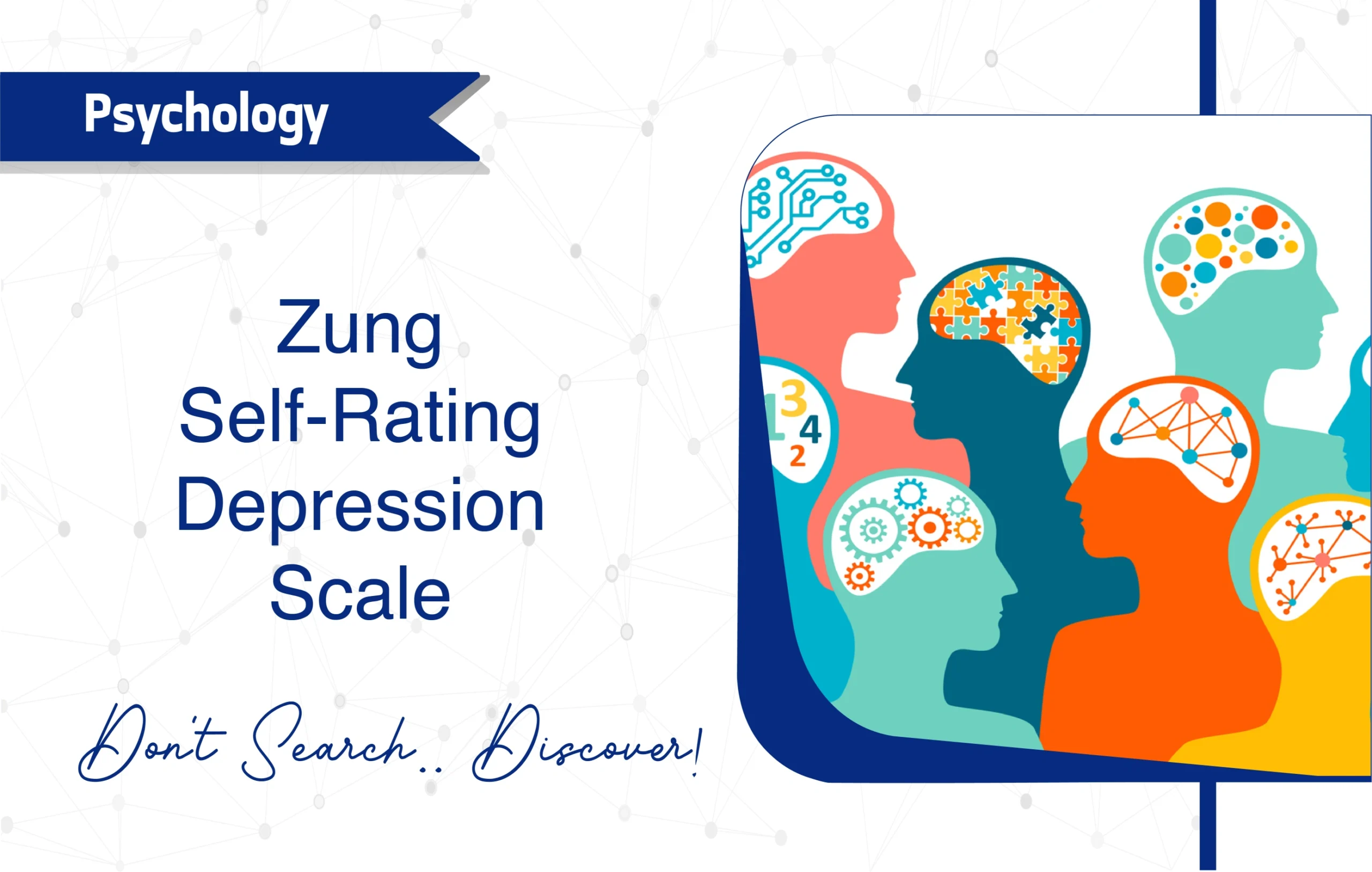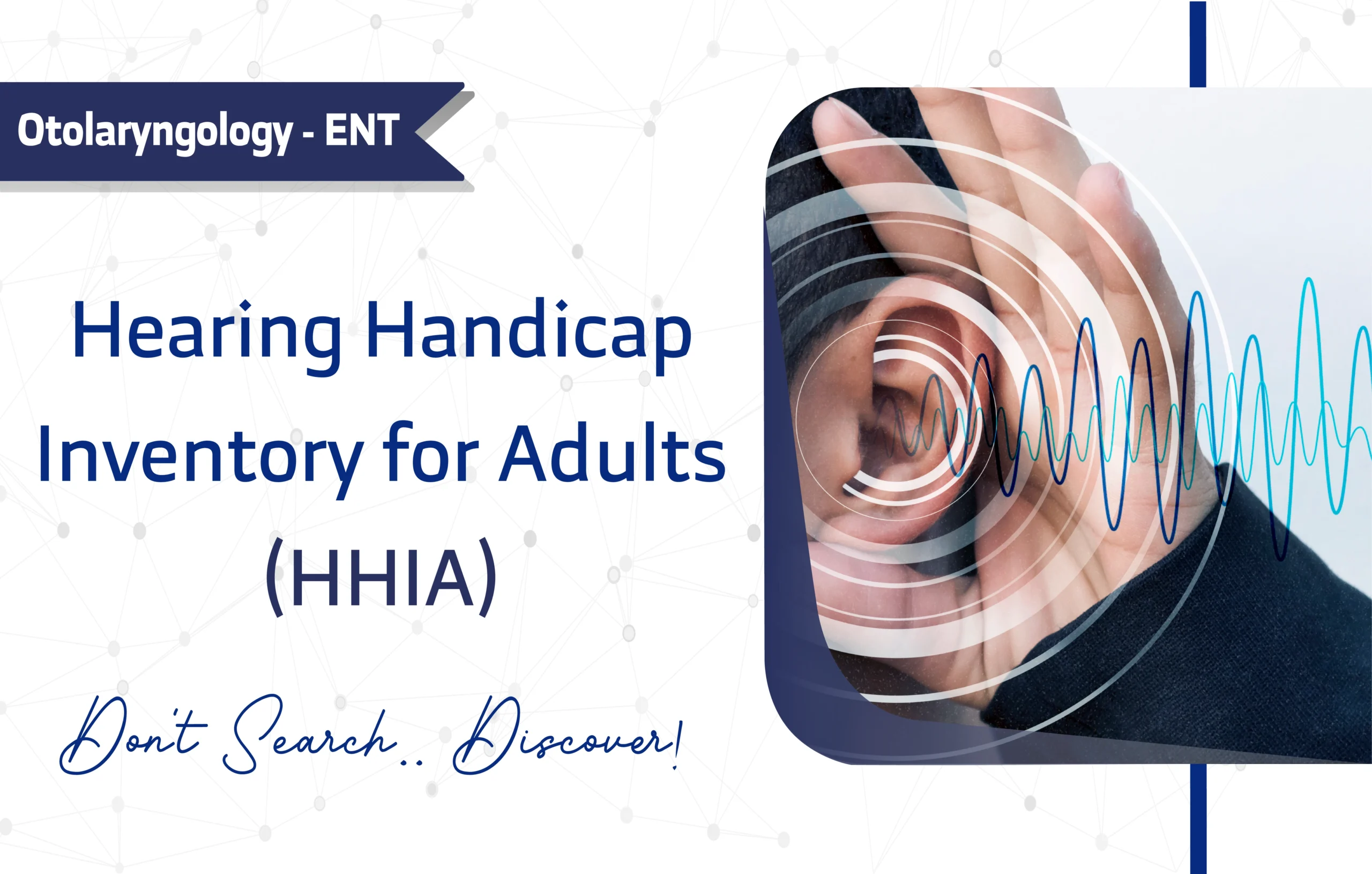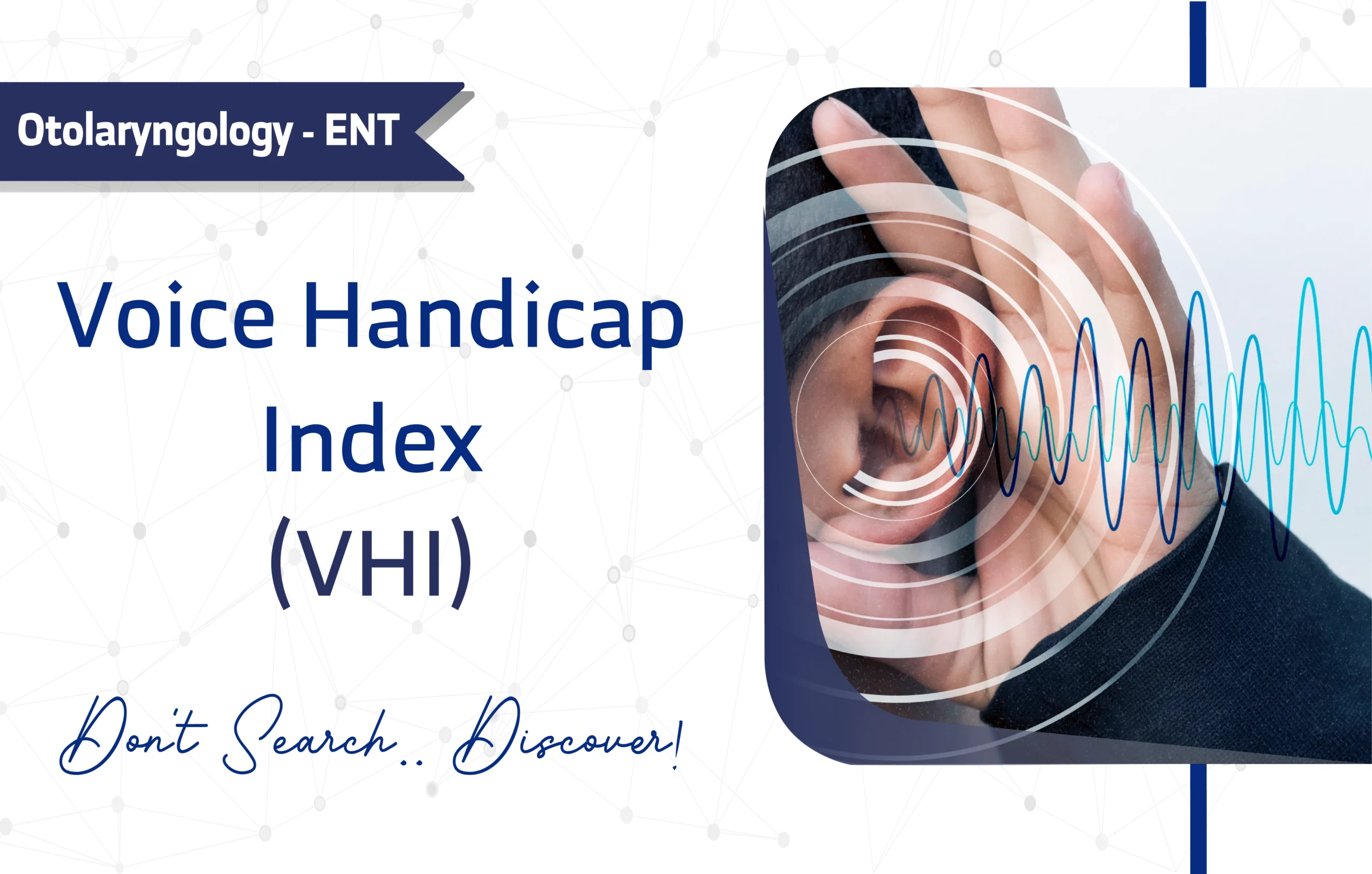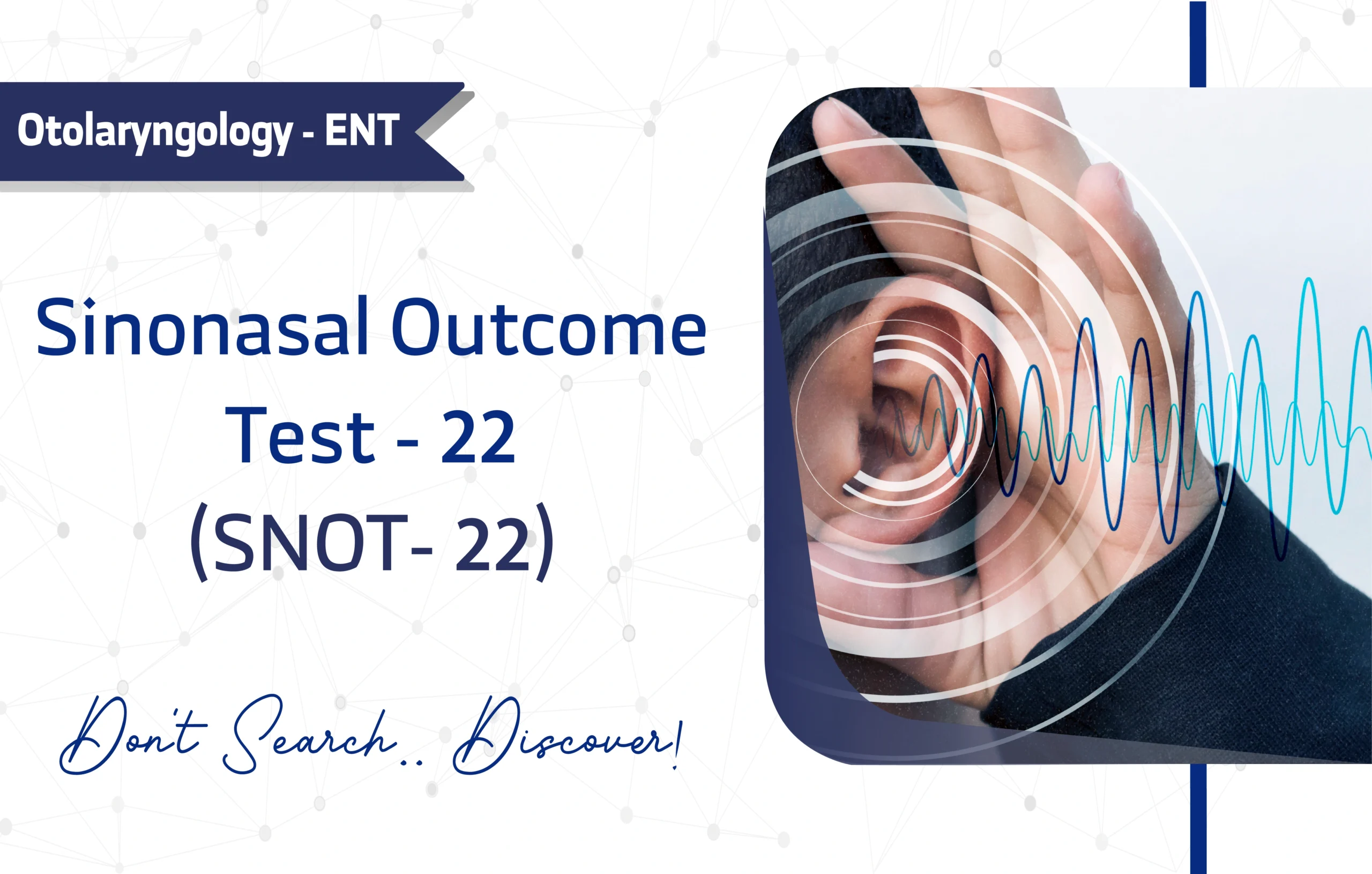Introduction
William W.K. Zung created the Zung Self-Rating Depression Scale (SDS/ZSDS) in 1965, establishing a landmark tool for psychological assessment. This instrument actively measures depression levels in patients, providing clinicians and researchers with a reliable resource. For decades, its efficient and robust design has solidified its role in mental health care. As a result, the scale has garnered over 14,700 citations on Google Scholar, underscoring its significant impact and ongoing relevance in the scientific community.
This article thoroughly explores the Zung SDS, detailing its features, applications, and clinical importance. Moreover, it offers actionable insights to help researchers and clinicians enhance patient assessments in psychology and mental health settings.
Key Features of the Zung Self-Rating Depression Scale
Purpose and Use
The Zung SDS primarily evaluates depression levels in patients with diagnosed depressive disorders and screens for symptoms in clinical and research settings. Clinicians actively use it to shape treatment strategies, track patient progress, and identify symptom patterns. Additionally, researchers frequently incorporate the SDS as a key outcome measure in clinical trials and epidemiological studies focusing on mental health interventions and emotional distress. Its emphasis on tangible symptoms makes it a critical tool for crafting effective care plans.
Target Population
Developers validated the Zung SDS for a broad range of adult populations, including:
- Young Adults (18–24 years)
- Middle-Aged Adults (25–44 years)
- Older Adults (45–64 years)
- Seniors (65+ years)
Although some studies have adapted it for adolescent use, it is important to note that the scale was not originally designed or validated for individuals under 18.
Structure of the Zung Self-Rating Depression Scale
The Zung SDS is a concise, 20-item scale that assesses the following components:
- Affective symptoms (e.g., sadness)
- Psychological symptoms (e.g., hopelessness, irritability)
- Somatic symptoms (e.g., fatigue, sleep disturbance)
Breakdown (approximate):
- Affective: ~5 items
- Cognitive/Psychological: ~8 items
- Somatic/Vegetative: ~7 items
The scale is designed to measure the affective, psychological, and somatic aspects of depression, enabling clinicians to better understand and diagnose the condition in their patients. The questions are strategically balanced, with 10 items describing a negative experience (e.g., “I feel down-hearted and blue”) and 10 describing a positive experience, which are reverse-scored (e.g., “I eat as much as I used to”). This structure allows for a nuanced assessment across key sub-domains:
- Core Depressive Symptoms: (Items 1, 3, 6, 14, 17, 18, 19, and 20), which primarily reflect emotional or affective symptoms of depression. This subscale includes items measuring depressed affect, crying spells, decreased libido, hopelessness, personal devaluation, emptiness, suicidal rumination, and dissatisfaction
- Cognitive Symptoms: (Items 10, 11, 12, and 16), which reflect altered cognitive function, including decreased concentration and speed of response. This subscale includes items assessing confusion, psychomotor slowing, indecisiveness, and fatigue.
- Anxiety Symptoms: (Items 4, 13, and 15), which capture symptoms commonly associated with anxiety disorders that frequently co-occur with depression. This subscale includes items measuring sleep disturbances, psychomotor agitation, and irritability
- Somatic Symptoms: (Items 5, 7, and 9), which address physical manifestations of depression. This subscale includes items assessing decreased appetite, weight loss, and tachycardia (fast heart rate).
Scoring Method of the Zung Self-Rating Depression Scale
The scoring method for the Zung SDS is straightforward and quantitative. Each of the 20 items is rated on a 4–point Likert scale:
1 = A little of the time
2 = Some of the time
3 = Good part of the time
4 = Most of the time
This results in a total raw score between 20 and 80. To enhance clinical interpretation, this raw score is then converted into an SDS Index by multiplying it by 1.25, yielding a final score between 25 and 100.
The interpretation of the final index score is guided by established cut-offs:
- 20-44: Within normal range, no significant depression.
- 45-59: Mild to Moderate Depression.
- 60–69: Moderate to Severe Depression.
- 70 and above: Severe Depression.
Administration Format
The Zung SDS‘s flexibility allows it to be administered through various formats, ensuring its utility in diverse settings:
- Paper-based forms
- In-person or remote interviews (phone/video)
- Digital platforms.
- EHR-integrated tools (in some clinical systems like Epic or Cerner)
- Self-check kiosks (in certain outpatient psychiatric or wellness clinics)
Administering the Zung SDS is highly efficient, as it typically takes only 5-10 minutes to complete. While no specialized training is required for administration, as it is self-administered, a basic understanding of the tool ensures consistent and accurate scoring. It is quick and simple, but not a replacement for clinical interviews. The Zung SDS is frequently used in epidemiological studies, and it is part of several mental health app integrations.
Applications of the Zung Self-Rating Depression Scale
The Zung SDS is a versatile instrument with several key applications in both clinical practice and research settings:
- Screening: It quickly identifies individuals who may be experiencing depressive symptoms and require further clinical evaluation.
- Monitoring: Clinicians can effectively track a patient’s symptom severity and response to treatment over time.
- Treatment Planning: The scale’s detailed symptom assessment helps professionals customize therapeutic interventions to target specific areas of concern.
- Research: It serves as a reliable and valid endpoint for academic studies and clinical trials evaluating the efficacy of new treatments for depression.
Languages and Availability
To facilitate its global use, the Zung SDS has been translated and validated in over 30 languages, thereby enhancing its value in multicultural research and clinical work. Available languages include:
- Arabic
- English
- Spanish
- Mandarin Chinese
- French
Initially published in the Archives of General Psychiatry, the scale is not owned by a single commercial entity; it’s frequently cited in public domain and academic literature and is widely considered open access for academic and non-commercial use. Commercial applications may require permission from the author’s estate or publisher, and any associated professional interpretation or clinical support might incur costs, such as those related to a clinician’s services or if the SDS is integrated into a formal assessment process by a mental health professional. For inquiries, there is no active institutional contact, but you may cite: Dr. William W.K. Zung, affiliated with Duke University Medical Center at the time of the scale’s development.
Reliability and Validity
The Zung SDS demonstrates high reliability and validity, with a Cronbach’s alpha ranging from 0.75 to 0.89 across populations, indicating strong internal consistency. Furthermore, validation studies confirm its effectiveness in diverse groups and settings, establishing it as a gold-standard measure in depression research
- Validity of the Zung Self-rating Depression Scale. Study link.
- Validation of the Zung self-rating depression scale (SDS) in older adults. Study link.
- Reliability, Discriminant and Predictive Validity of the Zung Self-Rating Depression Scale. Link
Limitations and Considerations
Despite its strengths, the Zung SDS has a few limitations:
- Self-report measure: Because it is a self-report tool, responses may be influenced by a patient’s subjective perception, recall bias, or social desirability bias.
- Age Restrictions: The scale was not originally designed for or validated in pediatric or adolescent populations, which limits its applicability for individuals under 18 years old.
Other Versions and Related Questionnaires
It is useful for researchers to be aware of other adaptations, such as a 10-item version developed for elderly Chinese populations. Additionally, the Zung SDS is often used alongside other well-regarded depression and mental health assessment tools, including:
- BDI: Beck Depression Inventory
- PHQ-9: Patient Health Questionnaire-9
- HDRS: Hamilton Depression Rating Scale
- CES-D Scale: Center for Epidemiologic Studies Depression Scale
Additional Resources
For further exploration, consider these resources:
- Validation of the Greek translation: Link
- Validation of an Arabic translation: Link
- You can access the questionnaire as a PDF through this link.
- Clarification of the cut-off score for Zung’s self-rating depression scale: Link.
- For inquiries, there is no active institutional contact, but you may cite: Dr. William K. Zung, affiliated with Duke University Medical Center at the time of the scale’s development.
- Online version of the questionnaire: Link
Frequently Asked Questions (FAQ)
- Who can use the Zung Self-Rating Depression Scale?
Clinicians, researchers, and other healthcare providers use the Zung SDS for adults (18 and over), particularly for screening, assessment, and monitoring of depressive disorders. - How long does it take to complete the Zung SDS?
Patients and clinicians can typically complete the assessment in just 5 to 10 minutes, making it highly practical for busy clinical and research settings. - How is the Zung SDS administered?
Healthcare teams can administer the questionnaire via paper-based forms, digital platforms, or through an in-person or remote interview format, as well as EHR-integrated tools and self-check kiosks. - Is there any cost to using the Zung SDS?
The scale is free for non-commercial and academic use. However, commercial applications might require permission from the author’s estate or original publisher. There is no active institutional contact, but you may cite: Dr. William W.K. Zung affiliated with Duke University Medical Center (at the time of development)
Email inquiries are not applicable.
A word from ResRef about the Zung Self-Rating Depression Scale
The Zung Self-Rating Depression Scale (SDS) remains a vital tool for assessing depression severity and monitoring treatment progress. It provides valuable insights into a client’s overall depressive symptoms and specific symptom profiles, thereby helping clinicians guide treatment and track changes over time. Moreover, the SDS effectively screens adults for potential depressive disorders, making it a cornerstone of modern mental health practice.
References
- Jokelainen J, Timonen M, Keinänen-Kiukaanniemi S, Härkönen P, Jurvelin H, Suija K. Validation of the Zung self-rating depression scale (SDS) in older adults. Scand J Prim Health Care. 2019 Sep;37(3):353-357. doi: 10.1080/02813432.2019.1639923. Epub 2019 Jul 9. PMID: 31286810; PMCID: PMC6713148. Link.
- Biggs JT, Wylie LT, Ziegler VE. Validity of the Zung Self-rating Depression Scale. Br J Psychiatry. 1978 Apr;132:381-5. doi: 10.1192/bjp.132.4.381. PMID: 638392. Link.
- Gabrys JB, Peters Reliability, discriminant and predictive validity of the Zung Self-rating Depression Scale. Psychol Rep. 1985 Dec;57(3 Pt 2):1091-6. doi: 10.2466/pr0.1985.57.3f.1091. PMID: 4095223. Link.
- Fountoulakis KN, Lacovides A, Samolis S, Kleanthous S, Kaprinis SG, St Kaprinis G, Bech P. Reliability, validity and psychometric properties of the Greek translation of the Zung Depression Rating Scale. BMC Psychiatry. 2001;1:6. doi: 10.1186/1471-244x-1-6. Epub 2001 Oct 29. PMID: 11806757; PMCID: PMC64635. Link.
- ZUNG WW. A SELF-RATING DEPRESSION SCALE. Arch Gen Psychiatry. 1965 Jan;12:63-70. doi: 10.1001/archpsyc 1965.01720310065008. PMID: 14221692. Link.
- Dunstan DA, Scott N. Clarification of the cut-off score for Zung’s self-rating depression scale. BMC Psychiatry. 2019 Jun 11;19(1):177. doi: 10.1186/s12888-019-2161-0. PMID: 31185948; PMCID: PMC6558728. Link.
- Kirkby R, Al Saif A, el-din Mohamed G. Validation of an Arabic translation of the Zung Self-Rating Depression Scale. Ann Saudi Med. 2005 May-Jun;25(3):205-8. doi: 10.5144/0256-4947.2005.205. PMID: 16119520; PMCID: PMC6147989. Link









1 thought on “Zung Self-Rating Depression Scale (SDS): A Full Guide for Researchers and Clinicians”
Hello my friend! I wish to say that this article is awesome, nice written and include almost all important infos. I’d like to see more posts like this.